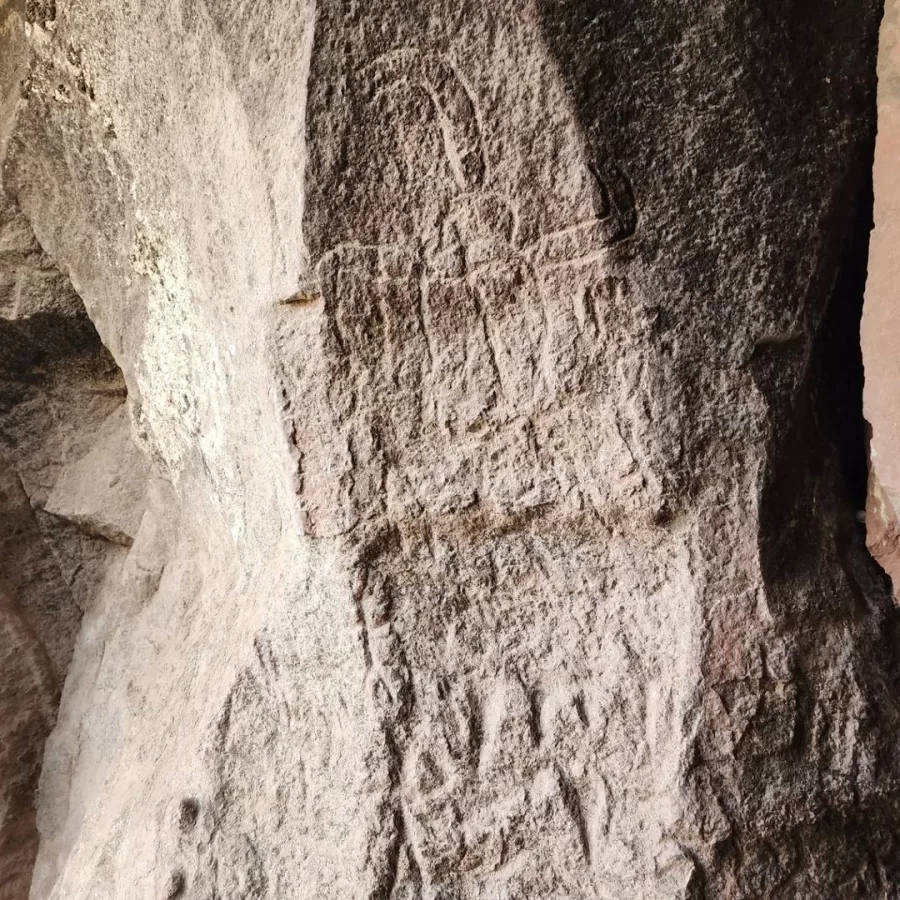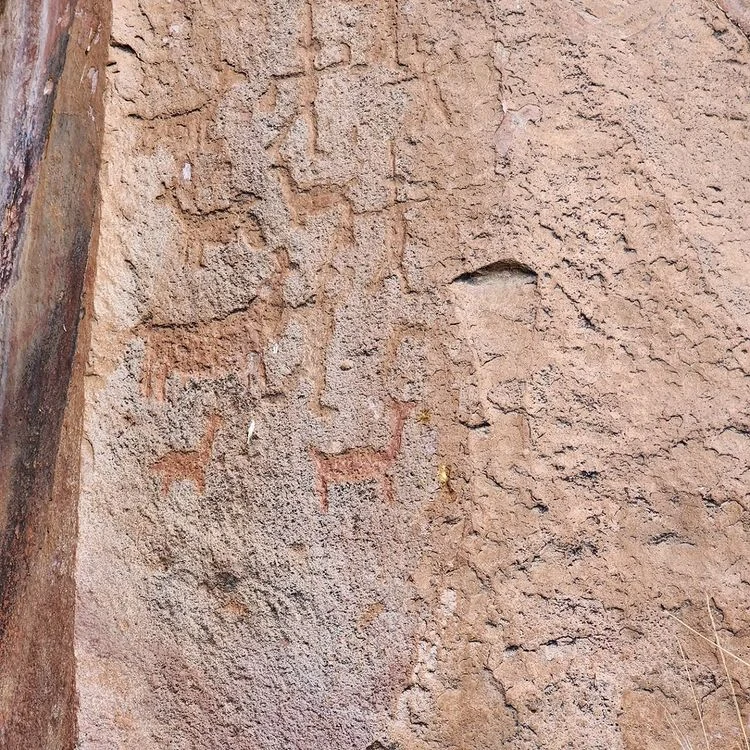Mollepunku Caves
Although Peru is undoubtedly full of wonders and beautiful natural destinations, which are worth visiting, we cannot forget that in these same lands thousands of years ago the first men and settlers of the continent, developed their daily activities in these same places.
Leaving traces of their presence, so now we can be part of these historical facts and a sample of this is the engravings and cave paintings present in different caves of Peru.
In this post we invite you to visit the Mollepunku caves, learn how primitive men developed the first techniques of domestication of animals, know the wonderful paintings and carvings found on the walls of these caves arequipeñas.
Table of Contents
Features of the Mollepunku Caves
These caves with 5 meters high, 4 meters high and 7 meters deep, are part of an ancient volcanic lava channel.
Mollepunku is one of the places where the first traces of human presence were found in the region of Arequipa. Along 3 halls formed naturally in the rocks there are figures engraved and carved in reliefs.


They are made based on sanding and percussion techniques in the same rock rock paintings in low relief in which geometric figures, animals such as vizcachas, camelids, deer and of course human beings, which are represented with red and yellow white hats.
At the foot of the paintings, lithic tools such as spear points have been found, which are made of obsidian and stones of different types, carved in round, triangular and lance-shaped forms.
El uso de esta cueva habría trascendido mucho más allá del tiempo primitivo, ya que ubicada en el ala izquierda del complejo de Mollepunku, se realizó el hallazgo de una tumba collagua edificada con piedras y argamasa de barro. Parte esta área se encuentra cubierta por vegetación.
Mollepunku Caves Location
This complex is located in the Andean part of Callalli, in a ravine surrounded by pastures 5 km from the present town of Callalli in the district of Caylloma in Arequipa.
Years of Antiquity of the Mollepunku Caves
Based on carbon 14 tests and other studies carried out in these caves, it is known that these drawings belong to the year 6000 BC.